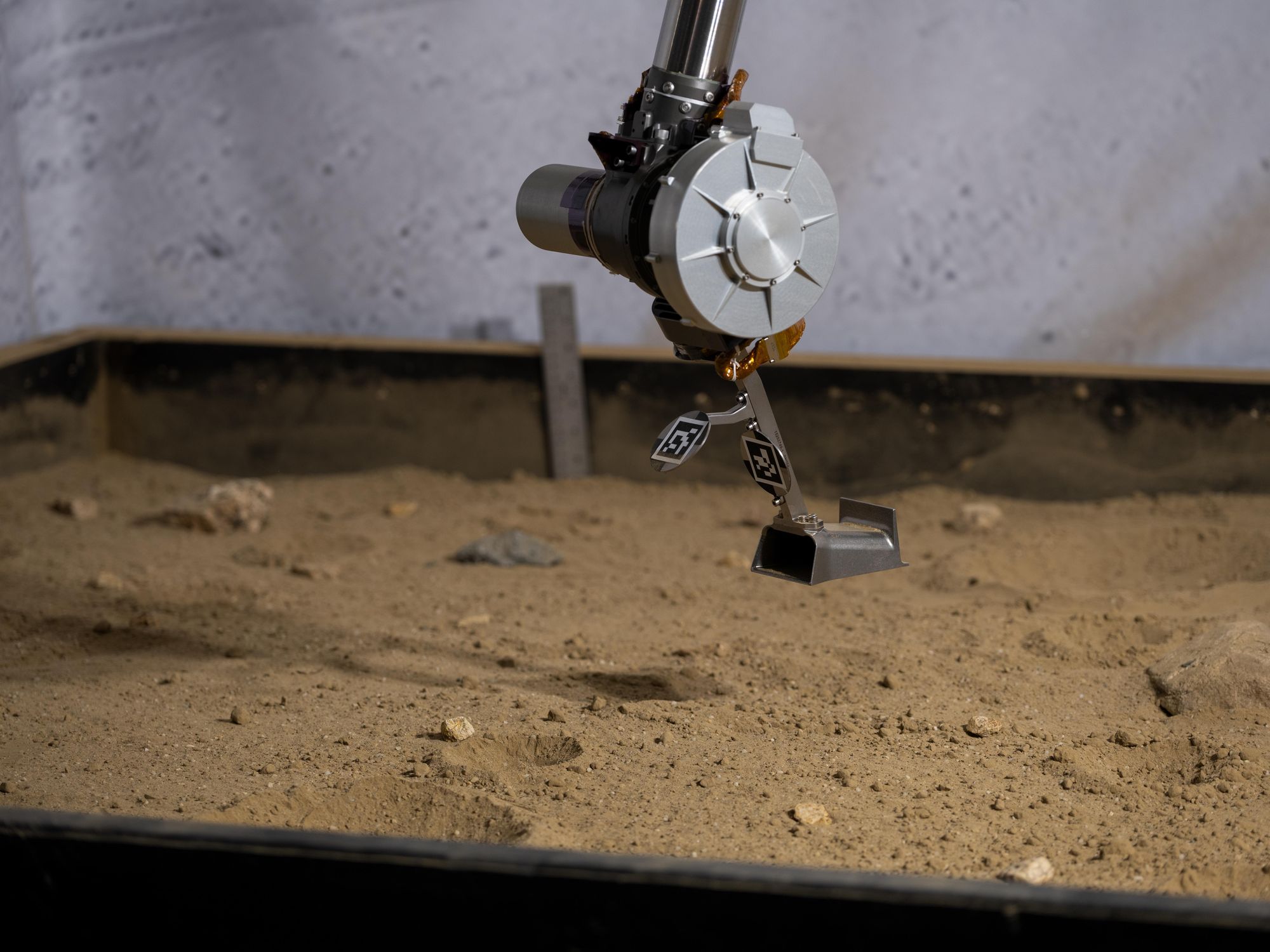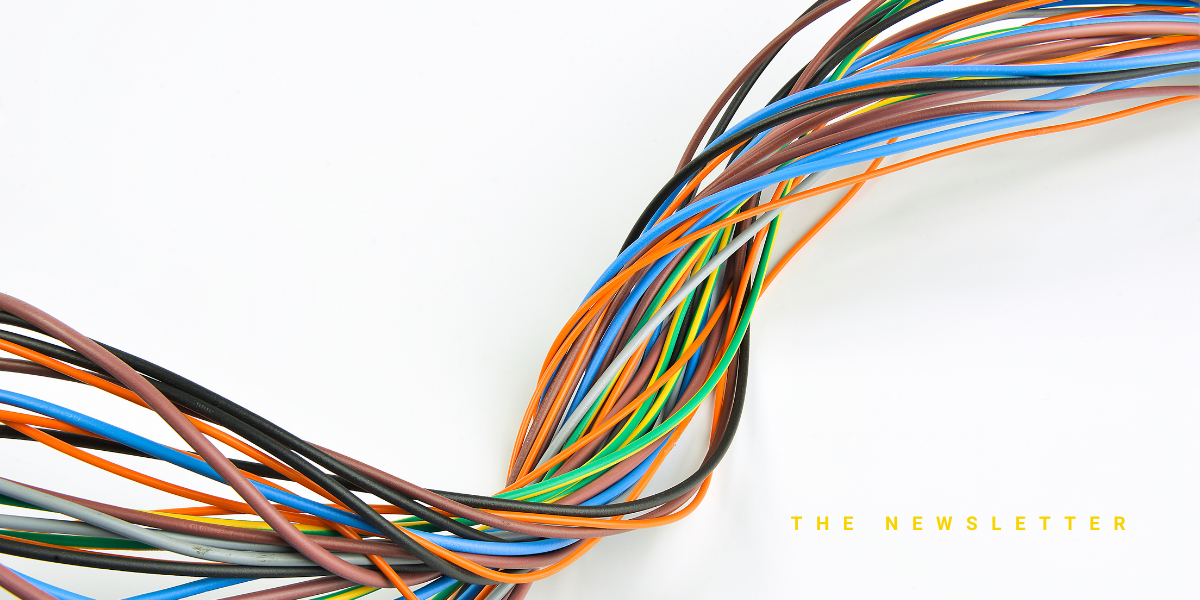How NASA's Newest Robotic Arm Could Change the Way We See the Moon
Samson Amore is a reporter for dot.LA. He holds a degree in journalism from Emerson College. Send tips or pitches to samsonamore@dot.la and find him on Twitter @Samsonamore.

NASA’s Jet Propulsion Laboratory churns out no shortage of neat science – from the Ingenuity Mars helicopter to the Perseverance Rover and ARTEMIS, but a new project could be their most innovative to date.
Before the end of this decade, the Pasadena-based JPL will conduct a critical test of a new robotic arm that’s built to withstand intensely cold temperatures on other planets and could lead to some breakthrough discoveries about our Moon.
The emerging tech is called the Cold Operable Lunar Deployable Arm, or COLDArm for short. It’s spearheaded by JPL engineer Ryan McCormick, who is the project’s principal investigator and very eager to learn more about what happens on the Moon during lunar nights, which unlike on Earth, are periods of darkness that stretch up to two weeks long and where the surface temperature can be as frigid as minus 356 degrees fahrenheit.
“The primary mission is to just demonstrate these technologies are able to operate in these extremely cold lunar environments,” McCormick told dot.LA.
The six foot, six inch COLDArm will be attached to a lunar lander when ready to launch and is capable of moving up to 10 pounds of force. It’s packed with sensors, including in the “wrist” of the arm and an array of cameras for 3D mapping and lunar surface imaging – all of this is part of the JPL’s goal to pack as many data collection tools into as small of a footprint as possible.
The project is years away from lunar use but McCormick said JPL continues to rapidly test and conceive of small instruments that could be added onto it, almost like a Swiss Army knife, to collect even more data on the moon and other planets.
He explained that the main goal with the COLDArm will be sample collection; using a 3D-printed titanium scoop to retrieve material from the moon and send it back to Earth to help inform further research.
COLDArm is built with aid from Motiv Space Systems, a Pasadena-based robotics company with expertise in developing mechanical arms. Unlike human arms, COLDArm is less flexible. It has “five degrees of freedom” to move, McCormick noted, but he added that is about all the robot needs. Furthermore, limiting the joints on the arm also allows it to be light—one major component for making sure the tech eventually launches smoothly.

The robotic arm is being developed with energy saving in mind too, and will use cold motor controllers to avoid wasting precious energy on heaters. It also utilizes metallic glass gears, which unlike typical gears doesn’t require any heat or lubrication to move, which reduces the risk of freezing up the works.
McCormick couldn’t say specifically when COLDArm might launch, but he noted it’ll be later this decade. He said in September the arm finished lunar regolith simulation testing – which essentially means, put through “its paces in a simulated lunar surface environment.”
Until now, exploration on the moon at night has been largely out of reach because existing systems either run out of energy or can’t survive the crushing cold without breaking down. Another initiative being developed at JPL for the same purpose of exploring Earth’s nearest celestial body is a lunar flashlight – which would use lasers and a spectrometer to map ice at the Moon’s south pole. The flashlight, contained on a small satellite roughly the size of a briefcase, is expected to launch by Dec. 11.
The ultimate goal is to look beyond the moon, eventually, and use these arms to explore other foreign surfaces like Europa, Jupiter’s mysterious ocean moon. We don’t even know exactly how deep Europa’s ice shell is, and its ocean is thought to be up to 100 miles deep. It could contain double the amount of water on Earth, and NASA is eager to learn more about the liquid water that could be contained there.
“We are in a new exciting time [where] we're able to do tech demonstrations on the surface of other planetary bodies through the commercial lunar payload services program,” McCormick said. “This is something even a few years ago wasn't even something that can really be considered. The ability to do something like COLDArm and then be able to actually demonstrate all of these technologies on another planetary body is just a huge step forward and would be a great win… going into future missions.”
- Los Angeles Space Tech News - dot.LA ›
- Los Angeles Robotics News - dot.LA ›
- NASA’s DART Mission Could Lead to Discoveries About the Origins of Our Solar System ›
- Here's What NASA’S Jet Propulsion Laboratory Has Planned for 2022 ›
- NASA’s JPL to Launch Two More Mars Helicopters ›
- Front Porch Retirement Homes Are Testing Robot Waiters - dot.LA ›
- What NASA's JPL Budget Increase Means for Space Exploration - dot.LA ›
Samson Amore is a reporter for dot.LA. He holds a degree in journalism from Emerson College. Send tips or pitches to samsonamore@dot.la and find him on Twitter @Samsonamore.





 e.l.f. Beauty Chairman and CEO Tarang Amin and Rhode Founder Hailey BieberImage Source: e.l.f. Beauty
e.l.f. Beauty Chairman and CEO Tarang Amin and Rhode Founder Hailey BieberImage Source: e.l.f. Beauty